Author: liuhaina
-
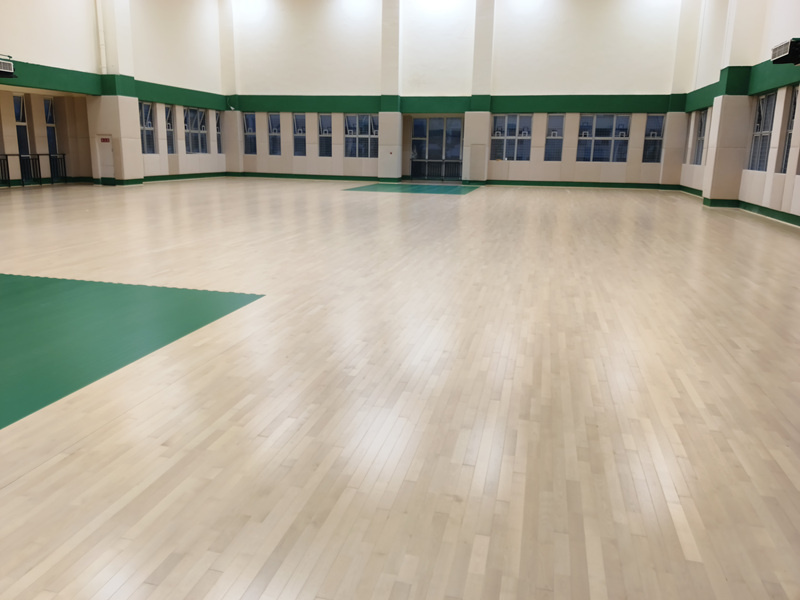
The Future of Basketball Court Flooring: Innovations in Maple, Birch, and Oak Technologies
As basketball continues to evolve as a sport, so too does the technology behind court flooring. Innovations in maple, birch, and oak wood technologies…
-
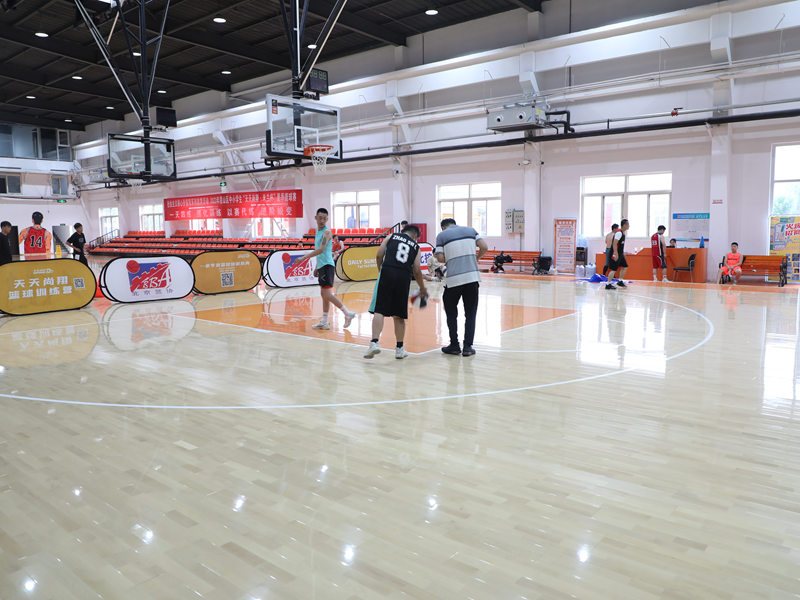
The Portability Redefined: Advanced Portable Basketball Court Flooring Systems
The evolution of portable basketball court flooring systems has transformed the way arenas utilize their space, offering unprecedented flexibility and adaptability. Advanced portable systems,…
-
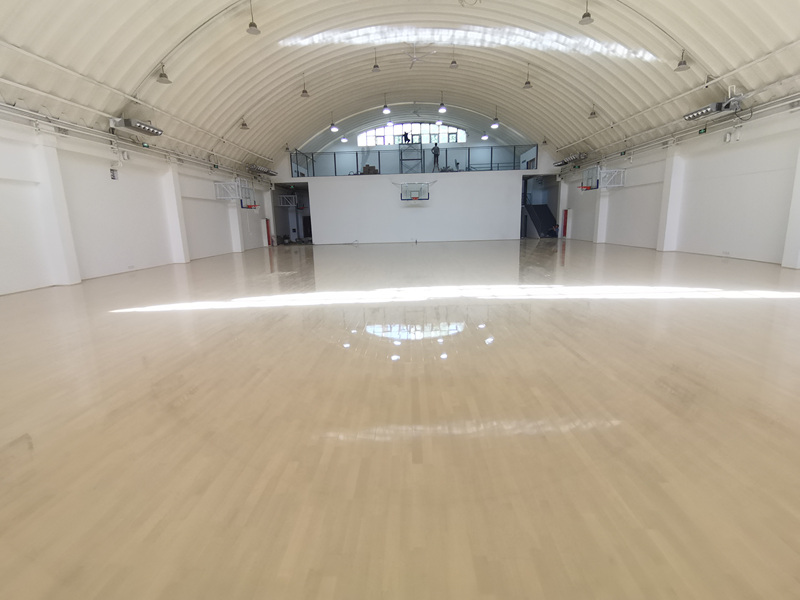
The Cost-Effective Solution: Birch Wood Flooring for Budget-Conscious Basketball Arenas
For basketball facilities operating on a tight budget, finding a cost-effective flooring solution that doesn't compromise on performance or safety is essential. Birch wood…
-
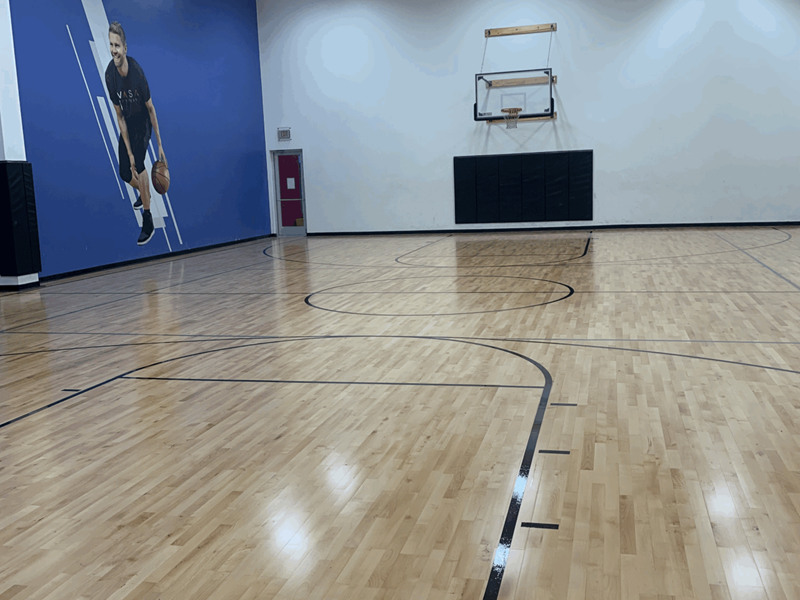
The Eco-Friendly Choice: Sustainable Maple Wood Flooring for Indoor Basketball Courts
In an era where sustainability is increasingly becoming a priority, choosing eco-friendly flooring materials for indoor basketball courts is a responsible and forward-thinking decision.…
-

The Hybrid Advantage: Combining Maple and Birch for Optimal Basketball Court Performance
For basketball facilities seeking the ultimate in performance and durability, a hybrid flooring solution that combines maple and birch woods offers a compelling option.…
-
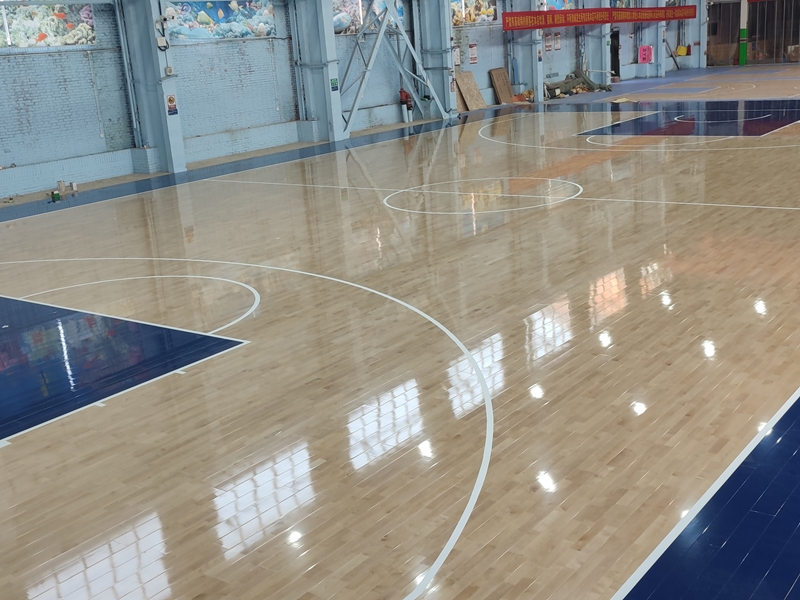
The Durability and Resilience of Birch Wood Flooring for Indoor Basketball Courts
Birch wood, often overlooked in favor of more traditional basketball flooring materials like maple, offers a unique set of advantages that make it a…
-
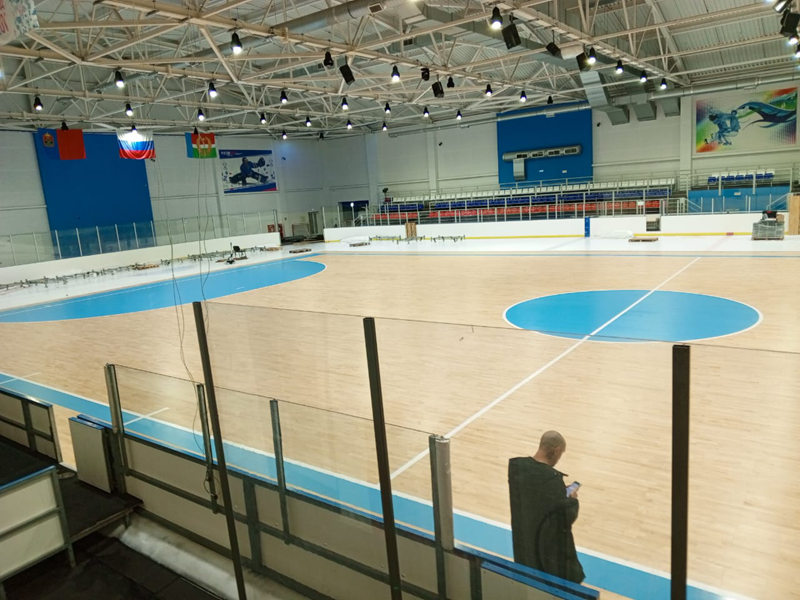
The Portability and Practicality of Portable Maple Wood Basketball Court Flooring
In today's fast-paced world, flexibility and adaptability are key considerations for many basketball facilities. Portable maple wood basketball court flooring offers a solution that…
-
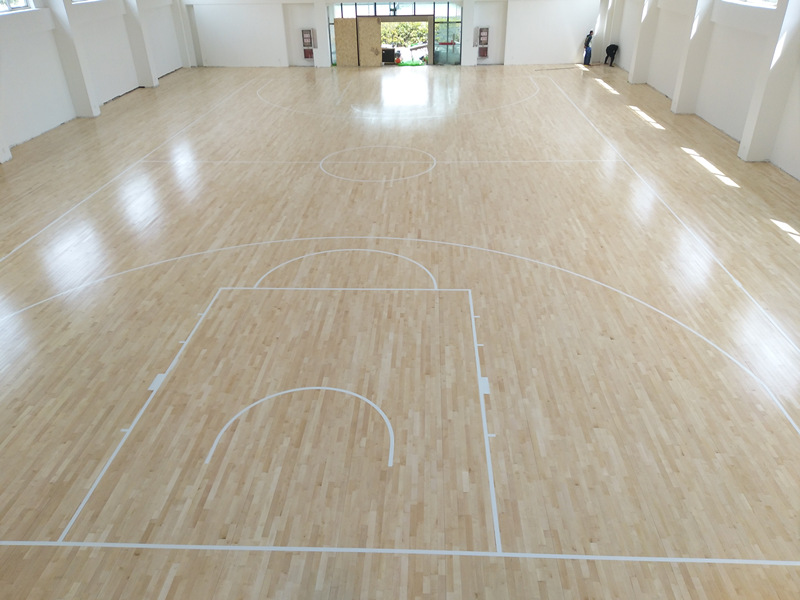
The Timeless Appeal of Oak Wood Flooring in Indoor Basketball Arenas
Oak wood, with its rich, warm tones and distinctive grain patterns, has long been associated with elegance and sophistication in interior design. When it…
-

The Versatility and Strength of Birch-Maple Hybrid Flooring for Indoor Basketball
While pure maple wood flooring is the gold standard in many basketball arenas, birch-maple hybrid flooring offers a compelling alternative that combines the best…
-
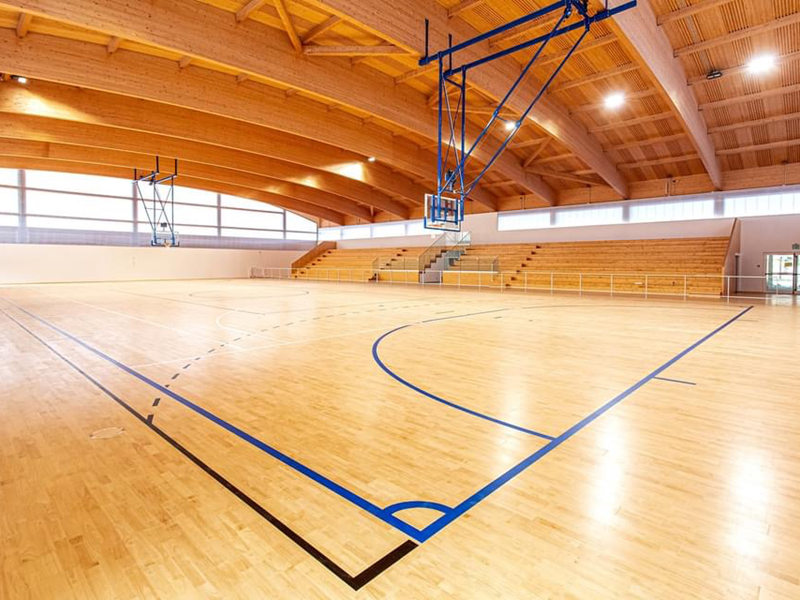
The Elegance and Performance of Maple Wood Flooring in Indoor Basketball Courts
Indoor basketball courts demand a flooring solution that not only enhances the aesthetic appeal but also delivers exceptional performance under the rigorous demands of…